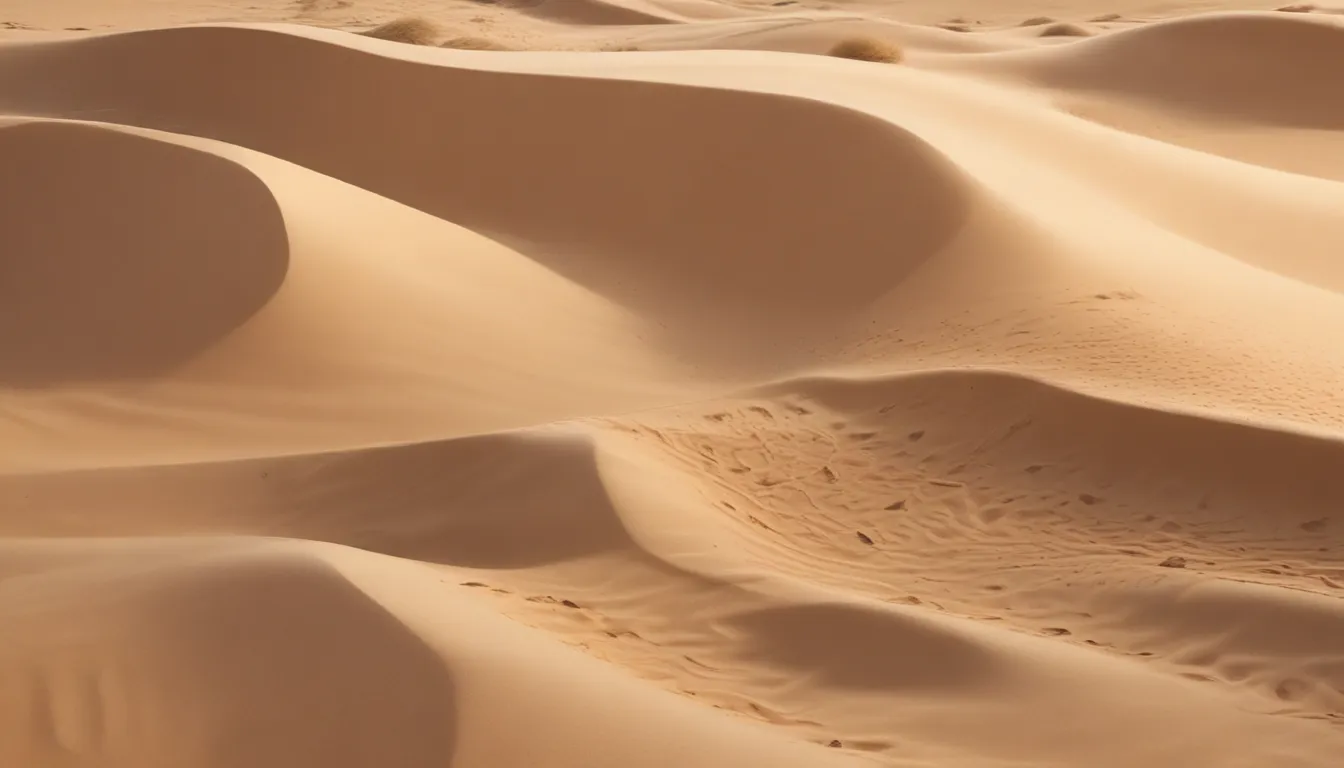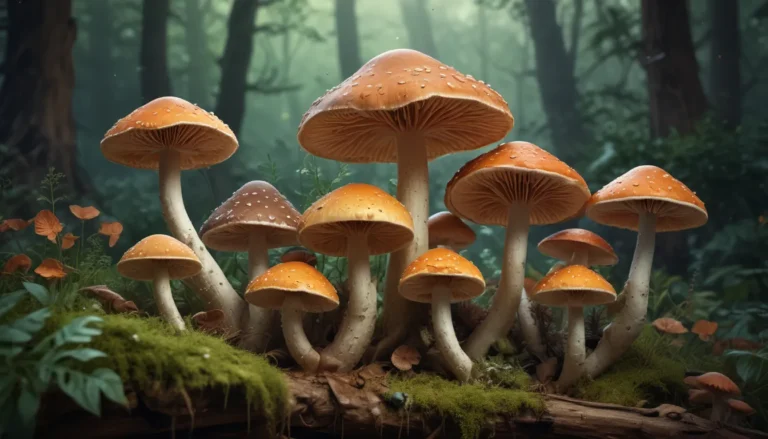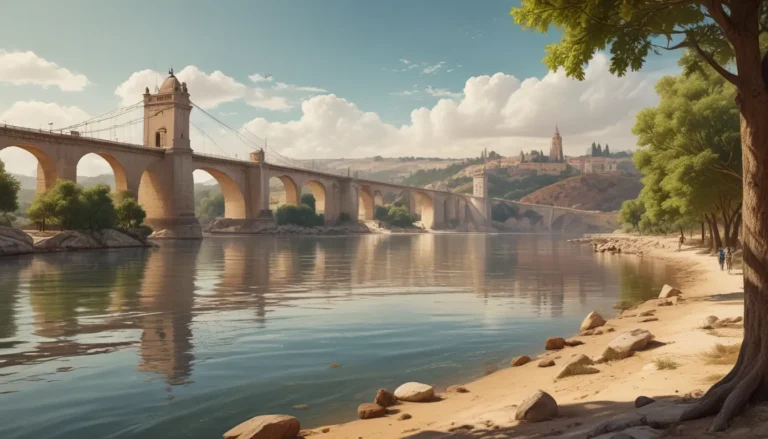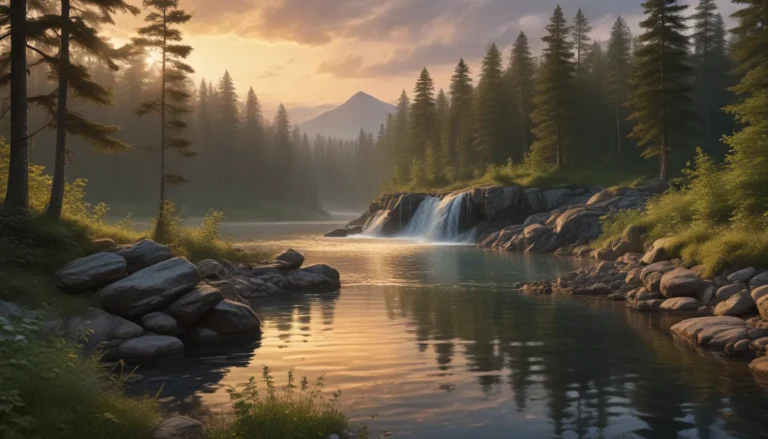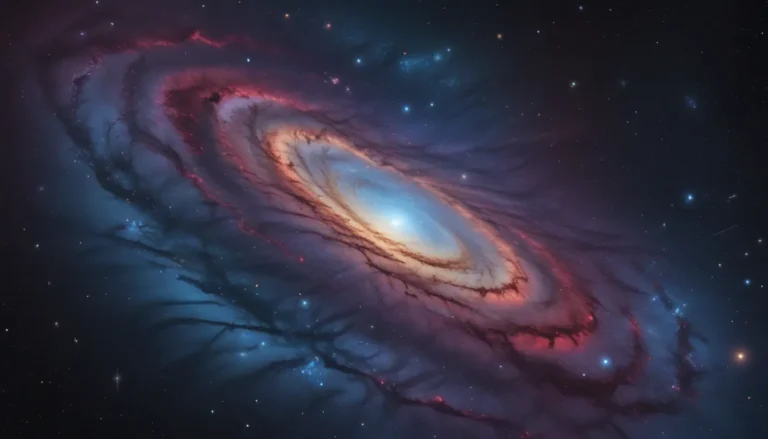The pictures we use in our articles might not show exactly what the words say. We choose these pictures to make you interested in reading more. The pictures work together with the words but don’t take their place. The words still tell you the important facts.
Sand is not just a simple substance that lay on our beaches, but a complex and fascinating natural resource that plays a vital role in shaping our planet's landscapes and supporting various ecosystems. In this article, we will delve into 19 intriguing facts about sand, exploring its composition, uses, and significance. Join us on this sandy adventure as we uncover the wonders hidden within this seemingly ordinary granular material!
Understanding Sand: Composition and Formation
- Sand is primarily composed of finely crushed rocks and minerals like quartz, feldspar, and limestone.
- These particles are typically between 0.0625 and 2 millimeters in size.
- Sand comes in a variety of colors, including white, black, red, pink, and green, determined by the types of rocks and minerals it is composed of.
- Sand covers approximately 20% of the Earth's land surface, shaping landscapes from deserts to beaches.
The Marvels of Sand Dunes
- Sand dunes can reach staggering heights, with the tallest known dune standing at 467 meters in the Badain Jaran Desert in China.
- Sand is constantly on the move, shifting and relocating due to wind, water, and erosion.
- It is estimated that about 50 billion tons of sand are moved across the Earth's surface annually.
The Versatile Uses of Sand
- Sand is a vital ingredient in concrete, providing stability and strength to structures like buildings, bridges, and roads.
- Specific types of sand are used for filtration in water and air systems to remove impurities and ensure cleaner environments.
- Artists and sculptors use sand as a medium for creating intricate works of art, showcasing their talents in festivals and competitions.
The Therapeutic Qualities of Sand
- Sand has a calming effect on our minds, promoting relaxation and reducing stress.
- Some beaches have unique sand compositions, such as the pink sandy beaches of Bermuda, which get their hue from coral fragments mixed with white sand.
- Sand can be magnetic in certain regions, containing minerals like magnetite.
Sand in Nature and Culture
- Sand serves as a habitat for various organisms, from tiny invertebrates to specialized sand-dwelling plants.
- It can amplify sound when compacted in the right conditions, producing a musical hum in singing sand dunes.
- Sand has been used as a writing medium in certain cultures, creating temporary and visually striking artwork.
Sand: A Finite and Precious Resource
- Sand plays a crucial role in natural disasters like earthquakes, where liquefaction can occur in sandy soils, causing instability.
- Sand is the foundation for recreational activities like beach volleyball, sandboarding, and building sandcastles.
- Scientists have discovered sand-like formations on other planets, indicating similar geological processes.
Appreciating the Significance of Sand
While sand may seem abundant, high-quality sand suitable for construction purposes is becoming scarce in some areas due to illegal mining and environmental concerns. Understanding the formation process of sand, its uses, and its contributions to the environment can help us appreciate its importance even more. So, the next time you encounter sand, remember these 19 fascinating facts and the significant role it plays in our world.
FAQs
Q: How is sand formed?
A: Sand is formed through the erosion of rocks by weathering processes like wind, water, and ice.
Q: What is the composition of sand?
A: Sand is primarily composed of tiny grains of minerals like quartz, feldspar, and limestone.
Q: How is sand used in construction?
A: Sand is a key ingredient in making concrete, mortar, and asphalt for construction purposes.
Q: Can sand be used for renewable energy?
A: Yes, sand is crucial in the manufacture of solar panels for capturing sunlight for electricity.
Q: Is sand a finite resource?
A: Yes, the demand for sand in construction has led to concerns about unsustainable extraction.
Q: Can sand be used for recreational purposes?
A: Absolutely! Sand is commonly used for various recreational activities like building sandcastles and beach volleyball.
Explore the wonders of sand with us as we uncover its diverse colors, uses, and significance in our world. Trust in our commitment to quality and authenticity as we bring you fascinating and credible facts that enrich your knowledge and understanding of this remarkable natural resource.
